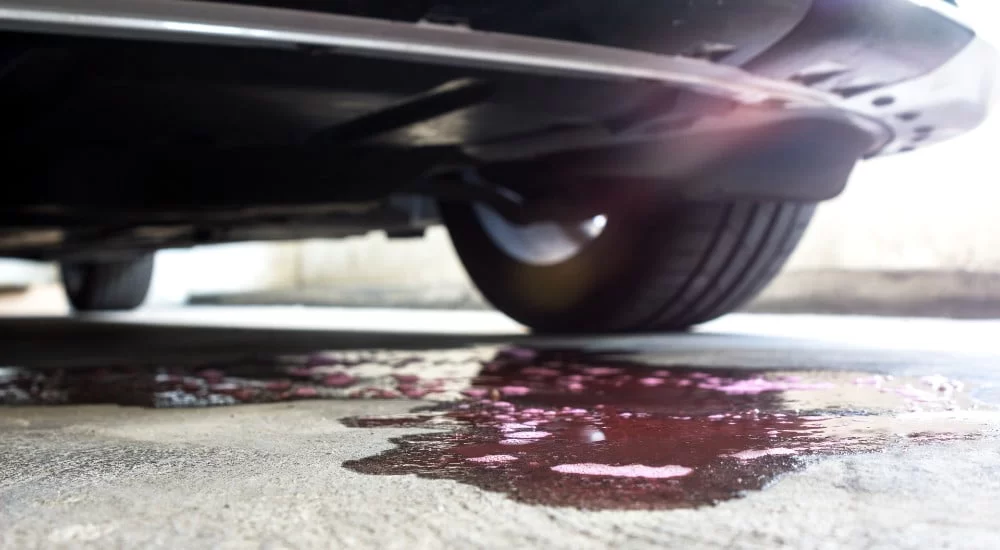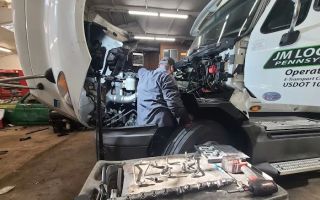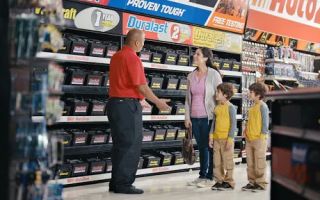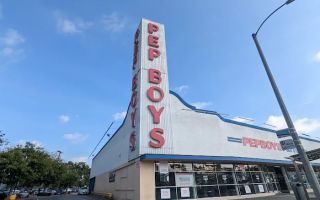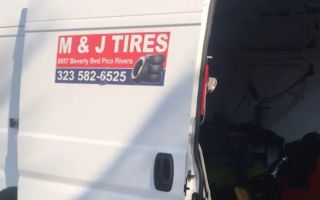What Should I Do If My Radiator Hose Bursts While Driving?
I still remember the day my car’s radiator hose gave out on the freeway just outside of Phoenix. One moment, I was cruising at 70 mph with my coffee in hand and music blasting; the next, steam was billowing from under the hood like my engine had turned into an angry tea kettle. If you’ve ever had a radiator hose burst, you know it’s not just about pulling over—it’s about making smart choices to protect your engine, yourself, and your passengers.

Pick Your Part - Help Yourself
1232 Blinn Ave, Wilmington, CA 90744, USA
1. Pull Over Safely and Immediately
The moment you notice steam or your temperature gauge skyrockets, get off the road. I pulled onto the shoulder with my hazard lights flashing. A blown radiator hose means your engine can overheat within minutes, potentially causing irreversible damage. If you’re in traffic, signal early and find a spot where you can stop safely without obstructing traffic.

Pick Your Part - Greer
13054 E Wade Hampton Blvd, Greer, SC 29651, USA
2. Do Not Open the Hood Right Away
When I first popped my hood, I got a harsh warning from the searing heat. The steam can scald you instantly. Wait at least 15-30 minutes for the engine to cool before inspecting it. Trust me, it’s not worth rushing. The pressure inside a radiator system is extreme when it’s hot, and opening it prematurely can be dangerous.
3. Assess the Damage Once It’s Safe
After the car had cooled down, I put on gloves and looked at the hose—it was split down the middle and leaking coolant like a popped water balloon. Check the hoses for visible cracks, breaks, or detached ends. Also, look for signs of coolant spraying around the engine bay or dripping under your car.
4. Add Coolant If You Have It
Fortunately, I had an emergency kit in my trunk with a bottle of coolant. If your hose isn’t completely destroyed and you have duct tape or a radiator hose repair tape, you might be able to create a temporary seal. Fill up the radiator with coolant or water if necessary, but only if the engine is cool to the touch. Never pour cold liquid into a hot engine—it can crack the engine block.
5. Call for a Tow or Roadside Assistance
I knew better than to limp the car home. Even with a quick patch, driving long distances on a damaged hose is risky. I called a local towing service and had the car taken to a trusted mechanic. If you’re in the U.S., especially in remote areas, roadside services like AAA or apps like Rescue & Towing can be lifesavers.
How to Prevent Radiator Hose Failures
1. Regularly Inspect Your Hoses
After my incident, I became borderline obsessive about checking my hoses. Squeeze them gently every few months—if they feel brittle, squishy, or have cracks, replace them. A good radiator hose should feel firm but flexible. Don’t ignore those small signs.
2. Monitor Coolant Levels and Color
I learned that discolored or rusty coolant can corrode hoses over time. If your coolant isn’t the bright green, orange, or pink shade it should be, it might be time for a flush. Always top off with the right mix of water and antifreeze recommended for your vehicle model.
3. Get a Mechanic to Pressure Test the System
During routine servicing, I always ask my mechanic to do a pressure test. It’s a simple way to detect leaks or weak spots in your cooling system before they become big problems. Prevention truly is cheaper than repairs.
Real-Life Lesson From a Roadside Breakdown
That day stuck with me not just for the inconvenience, but for what I learned. A radiator hose burst isn’t just a car problem—it’s a potential health and safety risk. I was lucky it happened during daylight, on a straight stretch of road, and in warm weather. But what if it had been night, in the mountains, or during a storm?
Since then, I’ve upgraded my emergency kit, saved the number for Rescue & Towing in my contacts, and made radiator maintenance a non-negotiable part of my car care routine. Because when your hose blows, you don’t get a do-over. All you get is the moment you’re in—and how prepared you are to handle it.
Emergency Kit Essentials I Always Carry Now
- Spare coolant (pre-mixed)
- Heavy-duty duct tape or radiator hose tape
- Mechanic gloves and a flashlight
- Emergency blanket and water bottles
- Rescue & Towing contact info and power bank
Having these basics can be the difference between sitting on the side of the road for hours or getting help quickly and safely. Don’t wait for a hose to burst before you prepare—because when it does, you’ll want to be ready like I wish I had been that day.

